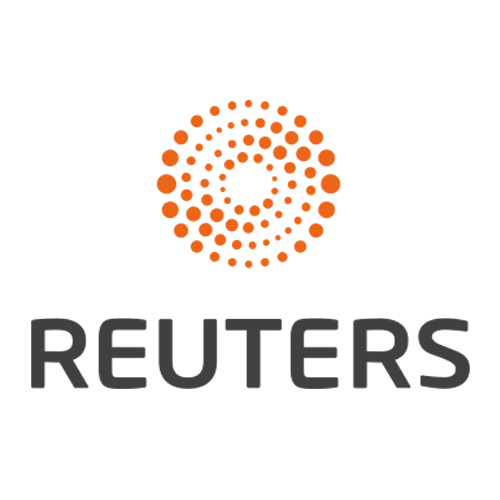Tesla to roll out human-driven chauffeur service in Bay Area, California regulator says
This week, Tesla CEO Elon Musk said on an earnings call that the company was "getting the regulatory permission to launch" robotaxis in several markets, including the San Francisco Bay Area.
Tesla plans to offer a chauffeur-style service operated by human drivers to a limited number of people in the San Francisco Bay Area, a California regulator said on June 25, contrary to a media report that the EV maker would offer a robotaxi service.
Unlike Alphabet's Waymo unit, Tesla cannot operate its service using autonomous vehicles because the EV maker does not have the required permits and has not applied, according to a spokesperson for the California Public Utilities Commission. Tesla did not respond to a request for comment.
This week, Tesla CEO Elon Musk said on an earnings call that the company was "getting the regulatory permission to launch" robotaxis in several markets, including the San Francisco Bay Area. Business Insider reported on June 25 that the service would be a robotaxi operation with humans in the driver's seat who would be able to control the car.
Ashok Elluswamy, who leads Tesla's self-driving efforts, said on Tesla's June 23 earnings call that the company would launch a robotaxi service in the Bay Area "with the person in the driver's seat, just to expedite, while we wait for regulatory approval."
Last month, Tesla launched a trial robotaxi service in Austin, Texas, using about a dozen Model Y SUVs. Tesla invited a few passengers to use the service, where human safety monitors sat in the front passenger seat. Tesla's autonomous-driving software controlled the vehicle.
With the Bay Area service, Tesla "is not allowed to test or transport the public" in an autonomous vehicle, even one with a human safety driver, according to the CPUC spokesperson, who added Tesla can only transport people using a human driver in a "non-autonomous vehicle."
The spokesperson said Tesla told the CPUC on June 24 that it plans to offer rides to "friends and family of employees" and "select members of the public" under a permit the company has that allows a human driver to transport passengers in a "traditional vehicle" for "charter services."
For the Bay Area service, Tesla may be able to use its Full Self-Driving (Supervised) feature, which can perform many driving tasks but requires a human driver to pay attention and be ready to take over at all times.
The CPUC spokesperson did not respond to a question on whether Tesla could use that feature, but such technology does not require an autonomous vehicle permit in California because the human driver is expected to be in control at all times.
Companies need a series of permits from both the CPUC and the California Department of Motor Vehicles (DMV) in order to test and deploy autonomous vehicles in the state. To date, Tesla only has a DMV permit to test autonomous vehicles with a safety driver.
A DMV spokesperson said Tesla recently met with the agency but has not applied for additional permits that would be needed to collect fares or test without a safety driver.
The next step in the process for Tesla would be to apply for a CPUC license for an autonomous vehicle to pick up passengers with a safety driver, according to a review of California's autonomous driving regulations. But companies must first operate in a pilot phase, where they cannot charge customers.
Waymo, which offers autonomous ride-hailing in Los Angeles and the Bay Area, logged more than 13 million testing miles and secured seven different regulatory approvals in California over nine years before receiving the go-ahead to charge passengers for rides in driverless robotaxis in 2023.
ADVERTISEMENT
ADVERTISEMENT
E Paper
Video
_page-0001.jpg)

 Reuters
Reuters




.png)


.jpg)



Comments
Start the conversation
Become a member of New India Abroad to start commenting.
Sign Up Now
Already have an account? Login